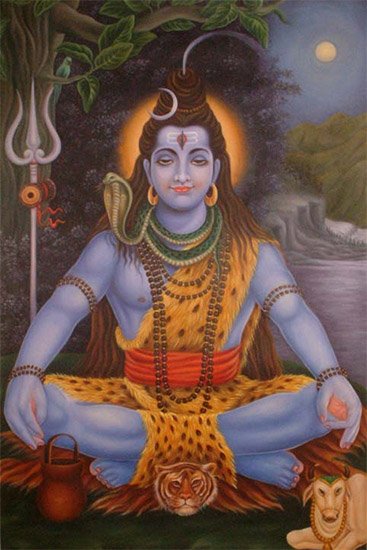Urmiparipluta, Urmi-paripluta, Ūrmipāripluta: 1 definition
Introduction:
Urmiparipluta means something in Hinduism, Sanskrit. If you want to know the exact meaning, history, etymology or English translation of this term then check out the descriptions on this page. Add your comment or reference to a book if you want to contribute to this summary article.
In Hinduism
Shaivism (Shaiva philosophy)
Source: SOAS University of London: Protective Rites in the Netra TantraŪrmipāripluta (ऊर्मिपारिप्लुत) refers to “(being) bathed in (thick, abundant) waves” (of Amṛta), according to the Netratantra of Kṣemarāja: a Śaiva text from the 9th century in which Śiva (Bhairava) teaches Pārvatī topics such as metaphysics, cosmology, and soteriology.—Accordingly, [verse 3.17-23, while describing a meditation on Amṛteśa in his form as Mṛtyujit]—“And so now, having constructed the amṛtāmudrā or the padmamudrā, [the Mantrin] should meditate on the Ātman. [...] One should think of him [dressed in] white clothes and ornaments, [draped in] a radiant garland of pearls, bulbs like moonlight, etc., his body is anointed with white sandalwood and dust-colored powdered camphor. In he middle of the somamaṇḍala, [he is] bathed in thick, abundant waves of Amṛta (sphārabahula-ūrmipāripluta) [that make the] moon quiver. [...]”.

Shaiva (शैव, śaiva) or Shaivism (śaivism) represents a tradition of Hinduism worshiping Shiva as the supreme being. Closely related to Shaktism, Shaiva literature includes a range of scriptures, including Tantras, while the root of this tradition may be traced back to the ancient Vedas.
See also (Relevant definitions)
Partial matches: Paripluta, Urmi.
Full-text: Sphara, Spharabahula, Bahula, Urmi.
Relevant text
No search results for Urmiparipluta, Urmi-paripluta, Ūrmipāripluta, Ūrmi-pāripluta; (plurals include: Urmipariplutas, pariplutas, Ūrmipāriplutas, pāriplutas) in any book or story.